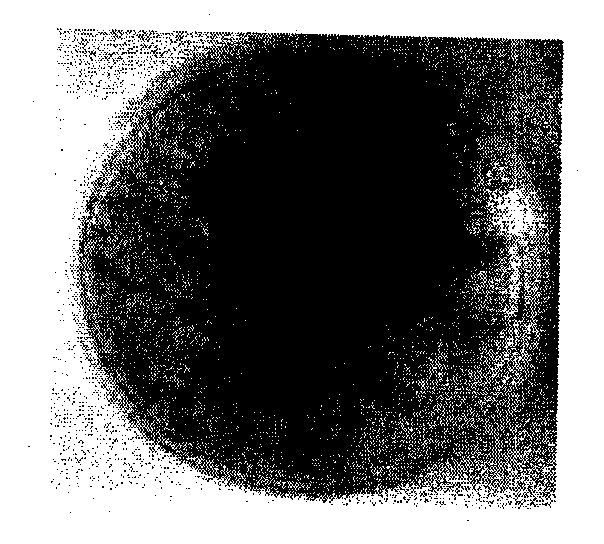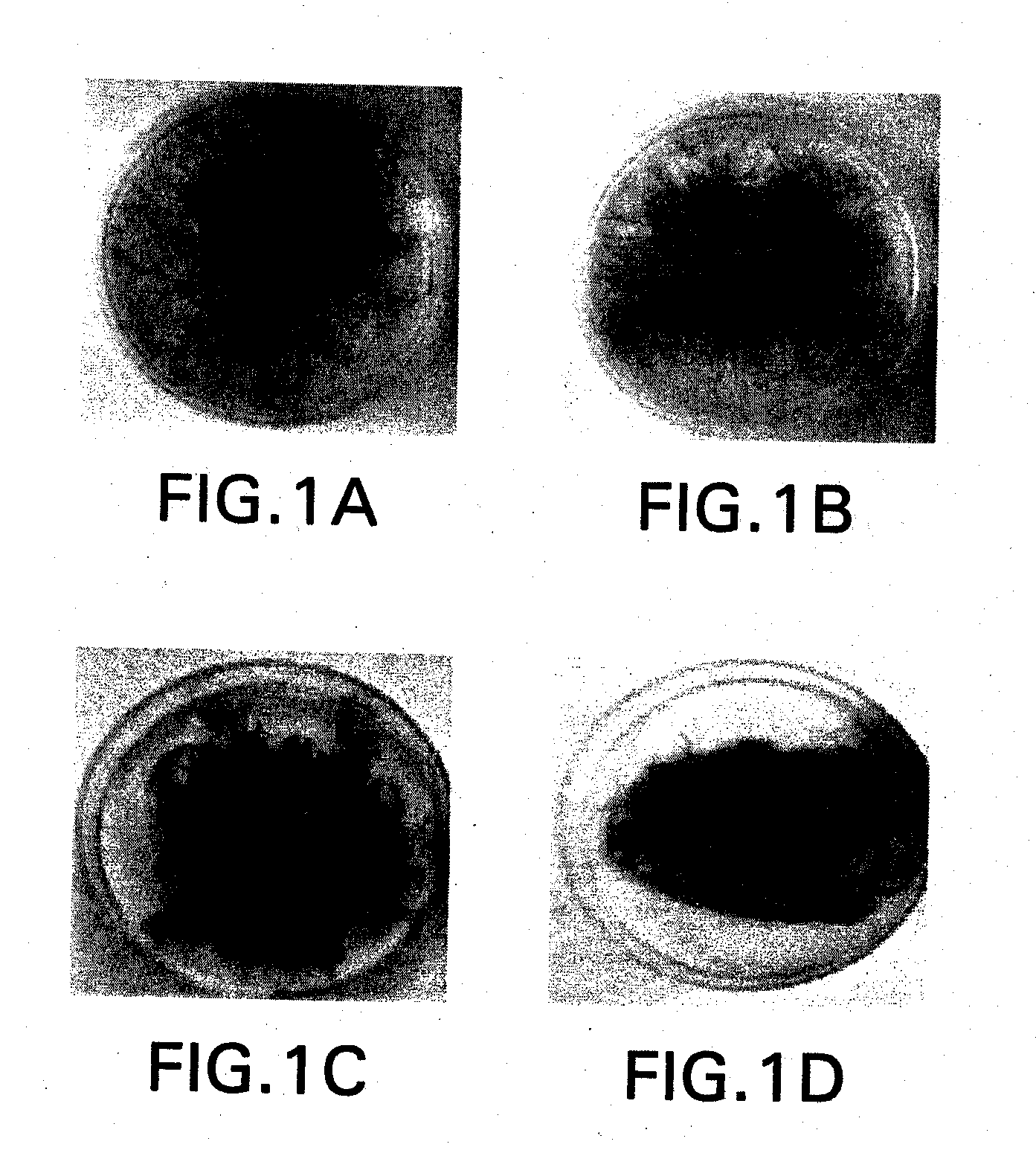Epicatechin glucosyltransferase
a technology of glucosyltransferase and epicatechin, which is applied in the field of plant genetics, can solve the problem that the proteins necessary for tannin polymerization are relatively little known, and achieve the effect of increasing the biosynthesis of proanthocyanidins
- Summary
- Abstract
- Description
- Claims
- Application Information
AI Technical Summary
Benefits of technology
Problems solved by technology
Method used
Image
Examples
example 1
Production and Analysis of Transformed Medicago Hairy Roots
[0199]Either pSB239, containing the ORF of Arabidopsis TT2 (e.g., SEQ ID NO:23) driven by the double 35S CaMV promoter (Sharma and Dixon, 2005), or empty vector pCAMBIA2300, for controls, were transformed into Agrobacterium rhizogenes strain ARqual1 (Quandt et al., 1993) using the freezing-thaw method (Chen et al., 1994). Transformed colonies containing one or the other of these plasmids were grown on LB-agar medium with selection at 28° C. for 2 days, then used to inoculate radicles of M. truncatula (cv. Jemalong A17) seedlings (Limpens et al., 2004). The resulting hairy roots were maintained on B5 agar media in Petri dishes supplied with 50 mg / l kanamycin under fluorescent light (140 μE / m2s1) with a 16 h photoperiod, and were subcultured every month onto fresh media.
[0200]Screening of hairy root clones by RT-PCR, and by staining with DMACA reagent for the presence of PAs, was performed by isolating total RNA extracted from...
example 2
TT2 Induces PA Accumulation in Medicago Hairy Roots
[0209]Butanol-HCl hydrolysis of the insoluble cell residue fraction from the TT2-expressing lines led to a massive release of colored anthocyanidins (FIG. 2C), shown by HPLC analysis to consist largely of cyanidin (FIG. 2D) which originates from epicatechin and / or catechin extension units in PAs. Very little anthocyanidin was released from the insoluble residue from empty vector control lines (FIG. 2C,E). The average level of insoluble PAs in two independent TT2-expressing lines was more than 24-fold higher than in the empty vector control lines (FIG. 2F) and more than 50-fold higher than the level of soluble PAs produced in response to expression of TT2. The overall PA level of TT2-expressing roots was higher than found naturally in the seed coat of M. truncatula (Pang et al., 2007).
[0210]TT2 also induces anthocyanin and flavonol biosynthesis in Medicago. TT2, in conjunction with two other transcription factors, TT8 and TRANSPARENT...
example 3
Genes Induced by Ectopic Expression of TT2 in Medicago Hairy Roots
[0211]TT2 is necessary for transcriptional activation of anthocyanidin reductase (ANR; FIG. 7) in Arabidopsis (Baudry et al., 2004). A preliminary screen of transgenic hairy roots by RT-PCR indicated that lines positive for 172 expression also exhibited high levels of ANR transcripts, but ANR transcripts were not detected in empty vector control lines (FIG. 3A).
[0212]Total RNA samples from duplicate biological replicates of TT2-expressing and empty vector controls were subjected to Affymetrix GeneChip® microarray analysis. Changes in expression level of all probe sets on the chip are shown in FIG. 3B. Four hundred and twenty two probe sets were up-regulated in the TT2-expressing lines and 344 were down-regulated (Selected probes shown in Table 1. Probe set sequences of Table 1 are available from Affymetrix (www.affymetrix.com / support / technical / byproduct.affx?product=medicago). The Gene Ontology (GO) classifications of...
PUM
| Property | Measurement | Unit |
|---|---|---|
| temperature | aaaaa | aaaaa |
| temperature | aaaaa | aaaaa |
| length | aaaaa | aaaaa |
Abstract
Description
Claims
Application Information
 Login to View More
Login to View More - R&D
- Intellectual Property
- Life Sciences
- Materials
- Tech Scout
- Unparalleled Data Quality
- Higher Quality Content
- 60% Fewer Hallucinations
Browse by: Latest US Patents, China's latest patents, Technical Efficacy Thesaurus, Application Domain, Technology Topic, Popular Technical Reports.
© 2025 PatSnap. All rights reserved.Legal|Privacy policy|Modern Slavery Act Transparency Statement|Sitemap|About US| Contact US: help@patsnap.com



